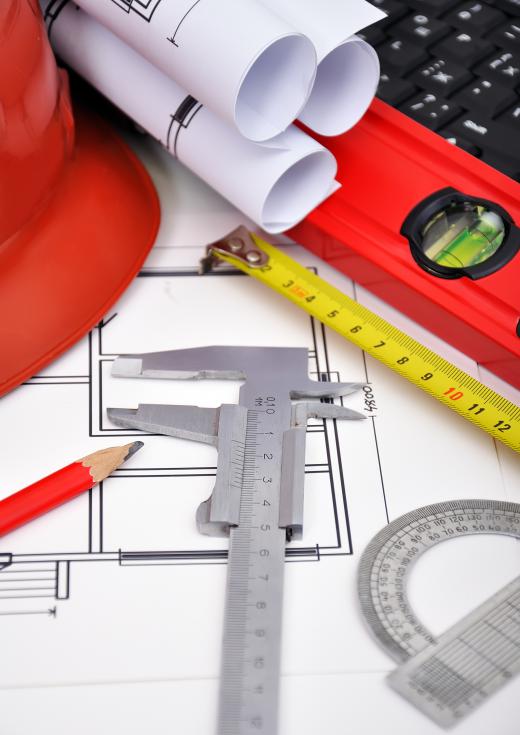Architecture design refers to the actual design and layout of spaces. Architecture encompasses many different elements including construction, design, and the manipulation of light as it relates to shadow. Throughout history, architects have found ways to create functional and practical spaces using any materials that were available.
Originally, architecture emerged from necessity. Since ancient cultures needed a way to worship revered religious deities, early Egyptian and Mesopotamian architecture directly reflected the relationship between people and ancient religions. Most buildings constructed during the reign of these empires were meant to pay homage to the heavens. While "architects" as we know them did not exist during the construction of these buildings, the idea behind creating impressive and functional spaces was present.

Unlike Egyptian and Mesopotamian architecture, Persian architecture was designed solely to display the wealth of the state. For the ancient Persians, creating buildings that impressed guests was important. Again, through the need for shelter, the ancient Persians largely contributed to urban design and architecture by building massive cities. Once the Greeks and Romans came into power, architecture design shifted from a religious or pragmatic concentration to design based upon civic concerns.

Due to the Greek and Roman contributions, architecture began to take new forms and shapes. Buildings constructed during Greek and Roman times were massive, impressive, and nearly every structure tested the boundaries of architecture as the world knew it. Today, architecture design is frequently based upon modern concerns such as the environment.
The term architecture as it relates to our world today encompasses many different specialized fields. Current professional architects concentrate on specific types of architecture, rather than architecture as a whole. A landscape architect solely designs landscapes, while a church architect only works on religious structures. This wasn't the case during the time of the ancient Romans, Greeks, Egyptians, or Mesopotamians when all building designers created any type of structure, no matter what the actual purpose of the structure was.

Today's architects must consider form, texture, structure, space, mass, materials, and costs before designing any building or space. Therefore, an architect must have a good grasp of mathematics, engineering, and science. This is precisely why most architects spend many years working within the field of architecture prior to working as independent contractors.

Prospective architects should consider enrolling in a four-year undergraduate program, followed by a graduate program that is specifically focused upon architecture. Through proper education and work experience, a career in architecture design can be achieved. From residential architecture to industrial architecture, architecture design has greatly evolved over the centuries.
